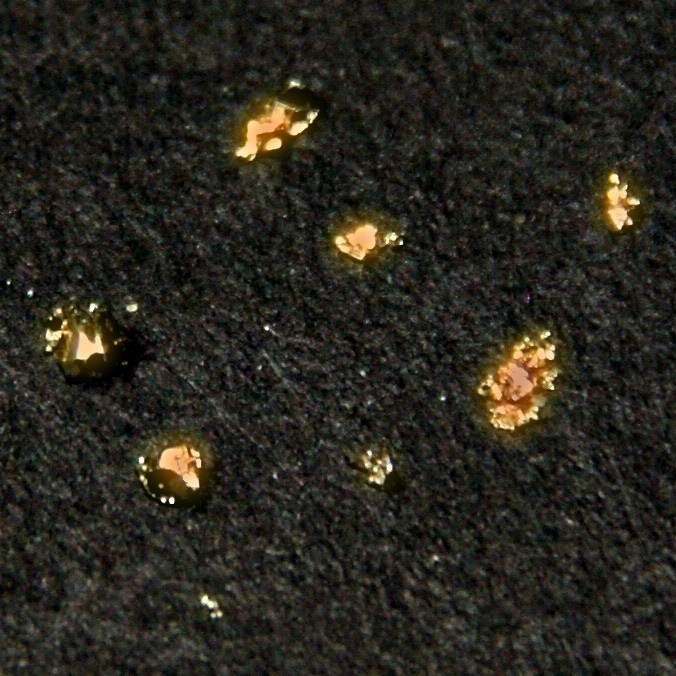Californium
98
Cf
Group
n/a
Period
7
Block
f
Protons
Electrons
Neutrons
98
98
153
General Properties
Atomic Number
98
Atomic Weight
[251]
Mass Number
251
Category
Actinides
Color
n/a
Radioactive
Yes
Named after California and the University of California
Crystal Structure
Simple Hexagonal
History
Californium was discovered by Stanley G. Thompson, Kenneth Street, Jr., Albert Ghiorso and Glenn T. Seaborg in 1950 at the University of California, Berkeley.
It was produced by the bombardment of curium with alpha particles.
Californium was isolated in macro quantities for the first time by Burris Cunningham and Stanley Thompson in 1958.
It was produced by the bombardment of curium with alpha particles.
Californium was isolated in macro quantities for the first time by Burris Cunningham and Stanley Thompson in 1958.
Electrons per shell
2, 8, 18, 32, 28, 8, 2
Electron Configuration
[Rn] 5f10 7s2
Californium is produced in nuclear reactors and particle accelerators
Physical Properties
Phase
Solid
Density
15.1 g/cm3
Melting Point
1173.15 K | 900 °C | 1652 °F
Boiling Point
-
Heat of Fusion
n/a
Heat of Vaporization
n/a
Specific Heat Capacity
-
Abundance in Earth's crust
n/a
Abundance in Universe
n/a

CAS Number
7440-71-3
PubChem CID Number
n/a
Atomic Properties
Atomic Radius
-
Covalent Radius
-
Electronegativity
1.3 (Pauling scale)
Ionization Potential
6.2817 eV
Atomic Volume
18.4 cm3/mol
Thermal Conductivity
0.1 W/cm·K
Oxidation States
2, 3, 4
Applications
Californium is used as a portable neutron source for discovery of metals such as gold or silver by on-the-spot activation analysis.
Neutrons from californium are employed as a treatment of certain cervical and brain cancers where other radiation therapy is ineffective.
Neutron moisture gauges use californium-252 to find water and petroleum layers in oil wells.
Neutrons from californium are employed as a treatment of certain cervical and brain cancers where other radiation therapy is ineffective.
Neutron moisture gauges use californium-252 to find water and petroleum layers in oil wells.
Californium is harmful due to its radioactivity
Isotopes
Stable Isotopes
-Unstable Isotopes
237Cf, 238Cf, 239Cf, 240Cf, 241Cf, 242Cf, 243Cf, 244Cf, 245Cf, 246Cf, 247Cf, 248Cf, 249Cf, 250Cf, 251Cf, 252Cf, 253Cf, 254Cf, 255Cf, 256Cf